I remember as kids we used to dress up in costume, grab a pillow case, and strap on our roller skates to go trick-or-treating (ok, now I’m dating myself) so that we could cover even more ground in less time. The goal was to completely fill our pillow cases up with candy. And we didn’t use our own standard-size pillow cases. Oh, no, we went for our parent’s king-size pillow cases!
When we got home, we emptied our pillow cases to survey our loot. Of course, Mom had to inspect and remove anything that looked suspicious. And we picked out and traded the things we didn’t like. Then we dove in and ate as much candy as possible, until we could eat no more. We woke up, hung over from sugar, and went straight to our candy. Breakfast of champions. We continued on this candy frenzy until it was all gone. And whoever finished first appealed to the others to share anything that was left, even the stuff we didn’t like.
I’m cringing as I write this, thinking about what I did to myself, especially knowing of the harmful effects of sugar.
Sugar offers no nutritional value, other than glucose, which our bodies need. However, we do not need to consume sugar to get glucose because we get plenty of glucose from eating whole plant-based foods, including fruit, veggies, whole grains, beans, and legumes. Plus when we consume whole plant-based foods we also get loads of vitamins, minerals, phytonutrients, antioxidants, and anti-inflammatories.
Sugar (sucrose) is half glucose and half fructose. High levels of fructose in our bodies from sugar and other high fructose sweeteners such as high fructose corn syrup and even agave nectar goes to our liver where it gets converted into fat and causes Non-Alcoholic Fatty Liver Disease, the most common liver disorder in developed countries.
Sugar is addictive. Opiates, which are natural painkillers, are released in our brain as soon as sugar touches our tongue. That in turn triggers our brain to release dopamine, a brain chemical that gives us the feeling of pleasure. And that makes us crave more sugar.
We also crave sugar (and processed starches too) because sugary and processed foods cause our blood sugar to spike, and our insulin response is so efficient that it leaves our blood with less sugar (glucose) than before we ate the food. Our brain is fueled only by glucose and notices the drop in our blood glucose, so our brain makes us crave sugar. That’s why we often feel hungry right after eating foods high in sugar and/or processed starches.
And speaking of our insulin response, consuming a western diet that’s high in sugar and fat increases our risk of insulin resistance, a cause of Type 2 Diabetes. In other words, we have an insulin response to sugary and processed foods, but insulin can’t get glucose out of our blood and inside of our cells. Now we have a glut of sugar and insulin in our blood.
Sugar can lead to cancer. Extra insulin in our blood, along with insulin-like growth factor (IGF1), has been found to enhance cancer cell proliferation and may contribute to tumor progression. Sugar also contributes to obesity, a known risk factor for cancer.
And if you already have cancer, sugar essentially feeds tumor cells and fuels cancer growth. In fact, the uptake of sugar in cancer cells is up to 12 times that of normal cells. Also, sugar creates an acidic environment inside our bodies, and tumors thrive in acidic environments.
So here we are, it’s Halloween. What are you going to give all the little Trick-or-Treaters that come to your door tonight? How about Halloween toys, monsters, glo-sticks, and stickers? That’s what I do, and the kids LOVE it! I fill a huge bowl with a large variety of Halloween items and let each Trick-or-Treater pick out what they like. I love to watch them run to their parents yelling “look what I got!!! look what I got!!!”!
Happy Halloween!

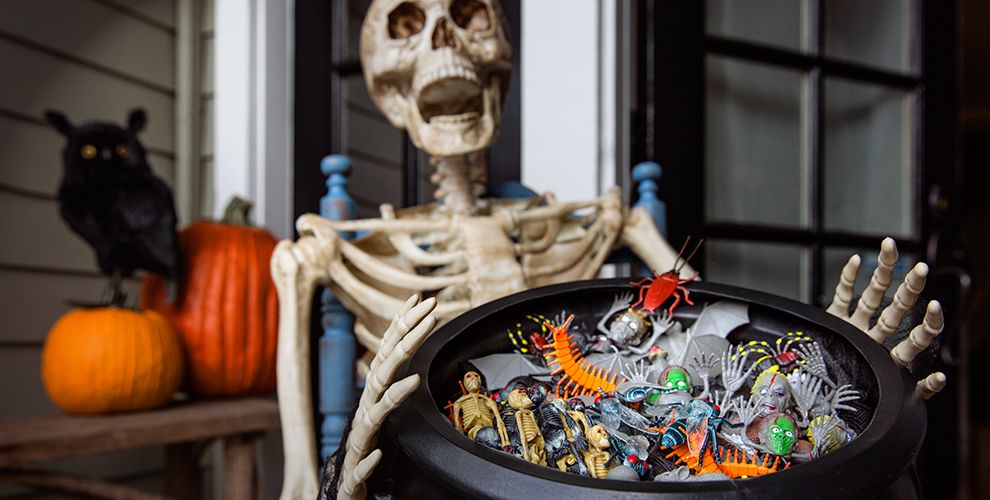
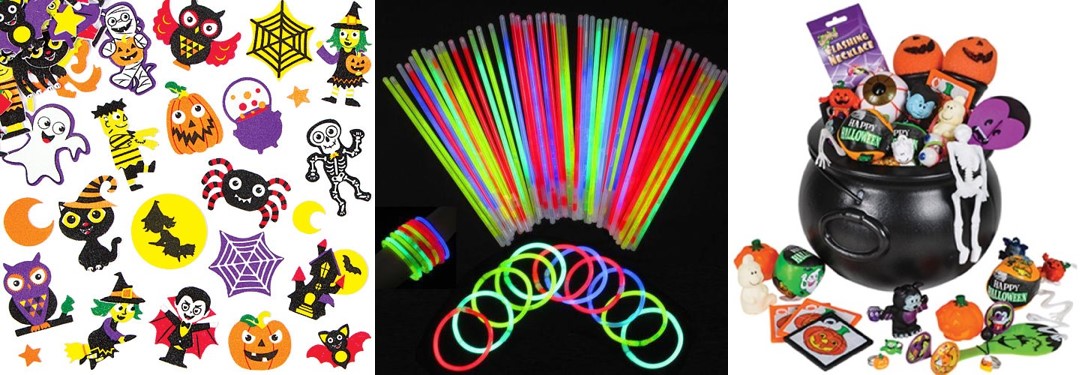

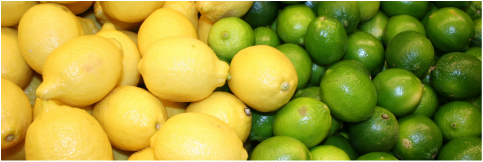
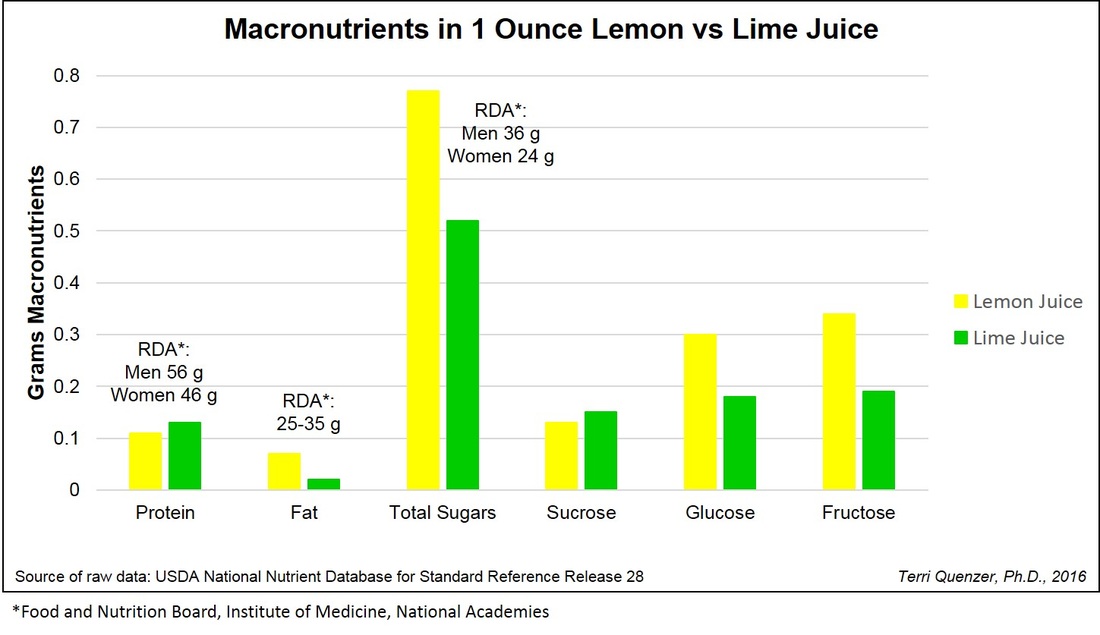
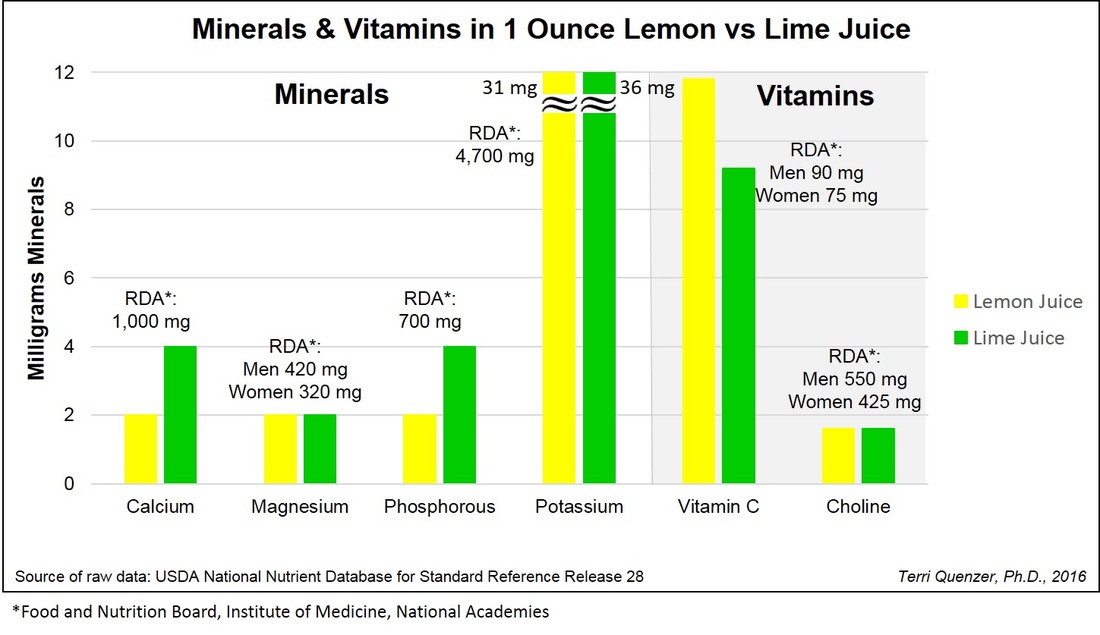
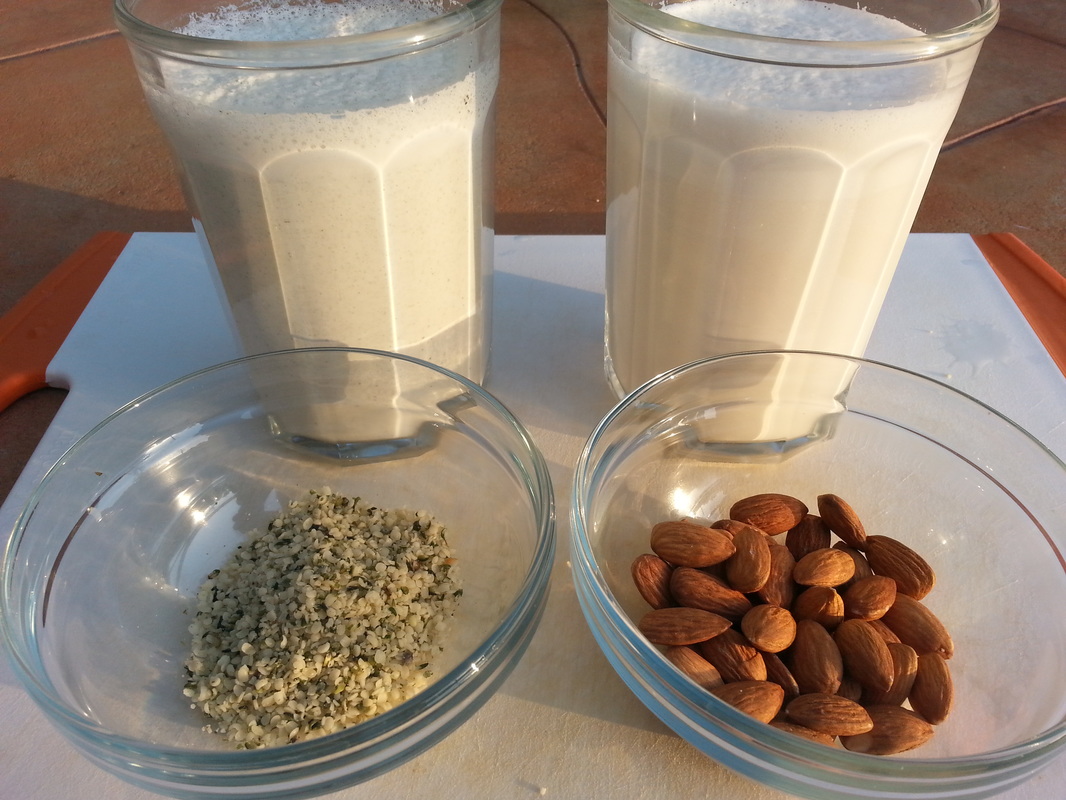


 RSS Feed
RSS Feed